China goes back to work: Signs of recovery from Coronavirus
Logistics: continued positive trend for container volumes
The logistics industry is reflective of China’s recovery from the Coronavirus. In the first week of March, Chinese ports had a 9.1% jump in container volumes. Among them, the growth rate of Dalian, Tianjin, Qingdao and Guangzhou ports was 10%. However, the ports in Hubei are recovering slowly and face a lack of staff and workers. Apart from ports in Hubei, the epicenter of the virus outbreak, other ports along Yangtze river have returned to normal operation. The cargo throughput of three major ports at Yangtze river, Nanjing, Wuhan (in Hubei) and Chongqing increased 7.7%, while the container throughput increased 16.1%.
Shipping rates have increased 20-fold
Freight shipping rates for dry bulk and crude oil have begun to show early signs of recovery as Chinese industries recover from Coronavirus. The Baltic Dry Index, which is a proxy for dry bulk shipping stocks and the general shipping market, has risen by 50 percent to 617 on March 6, while on February 10 it was 411. Charter rates for very large crude carriers have also regained some footing in recent weeks. It forecasts daily rates for Capesize ships, or large dry-cargo ships, to rise from about US $2,000 a day in 2020 first quarter, to US $10,000 in the second quarter, and to more than US $16,000 by the fourth quarter.
Retail and restaurants: customers return to shops
Retail sales in China shrank by a fifth in the first two months of 2020 from a year earlier. In terms of China’s recovery from the Coronavirus, offline retail has a large uphill climb ahead of them. However, restaurants and supermarkets are indicators of the positive trend ahead.
Offline restaurants and shops reopening
The Chinese offline retail industry is recovering from Coronavirus, on March 13th all 42 official Apple retail stores opened for hundreds of shoppers. IKEA, which opened three of its Beijing stores on March 8, also saw high visitor numbers and queues. Earlier, on February 27 Starbucks opened 85% of its stores.
Super market chains
As of February 20th, the average opening rate of large-scale supermarket chains nationwide exceeded 95%, and the average opening rate of convenience stores has also been around 80%. However, large-scale shopping malls such as department stores and shopping malls currently have a relatively low opening rate of about 50%.
Baidu search statistics show that after a month-long lockdown, China’s consumer demand is increasing. At the beginning of March, information on “resumption” on the Chinese search engine increased by 678%
Manufacturing: top manufacturing companies resumed production
From February 18th to 20th 2020 China Enterprise Confederation set up a research group to conduct a targeted survey on the resumption of production. It showed that China’s top 500 manufacturing companies resumed work and resumed production at 97%. Among the enterprises that have resumed work and resumed production, the average employee turnover rate was 66%. The average capacity utilization rate was 59%.
Chinese SME’s recovery from Coronavirus
As the largest employer, China’s recovery from the Coronavirus is not complete until SME’s are back on track. SME’s are the hardest hit from the Coronavirus outbreak in China. According to a survey by Beijing and Tsinghua universities, 85% of SME’s say they would only last three months without a regular income. However, as of April 10th, SMEs are over 80% recovered.
China’s state owned enterprises recovery from the Coronavirus
In general, the indicators of state-owned enterprises are significantly better than those of private enterprises, and there are more difficulties and problems in resuming production and production in private enterprises.
In terms of different industries, technology-intensive industries, and capital-intensive industries have a higher resumption rate, while labor-intensive industries have a lower recovery rate.
From the perspective of regional distribution, Guangxi, Anhui, Jiangxi, Hunan, Sichuan, Henan, Shandong, Hebei, Shanxi have higher rates of resumption.
Tech supply chain is gradually recovering
As Chinese industries recovering from Coronavirus, there is a hope for the resumption of the global supply chain. For example, Foxconn Technology claimed that the company’s factories in China would be running at their normal pace by the end of March. Compal Electronics and Wistron expect that by the end of March computer components production capacity will return to the usual low-season levels. Philips, whose supply chain was disrupted by Coronavirus, is also recovering now. At present, the factory capacity has been restored to 80%.
China auto sales fell significantly. However, Volkswagen, Toyota Motor and Honda Motor resumed production on February 17. On February 17 BMW also officially resumed work at Shenyang’s world’s largest production-based subway West Plant, and nearly 20,000 employees returned to work. Tesla’s Chinese factory claimed that it has exceeded the pre-outbreak level and since March 6 more than 91% workers returned to work.

Iranian ambassador hails China for its help during battle against COVID-19
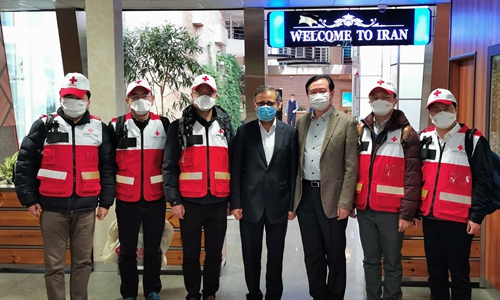
Latvia receives coronavirus test kits donated by China
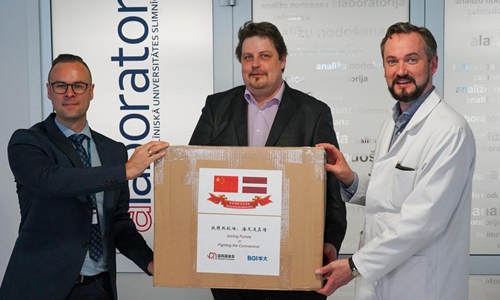
Chinese firm's medical supplies arrive in Portugal
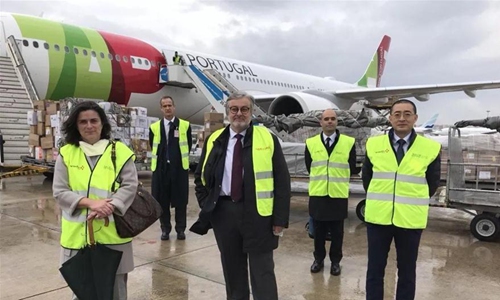
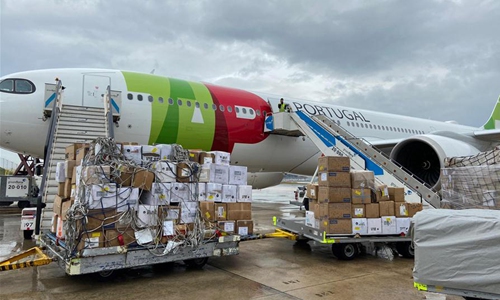
British Chinese communities donate 30,000 PPE gowns to NHS
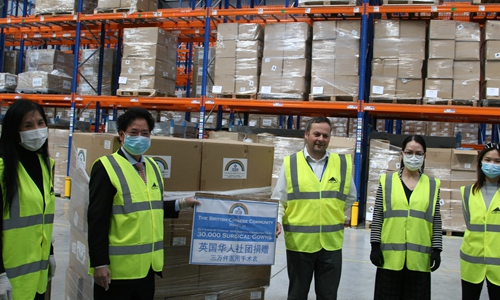
Chinese military provides more medical supplies to help Laos fight COVID-19


Post time: Mar-24-2021

